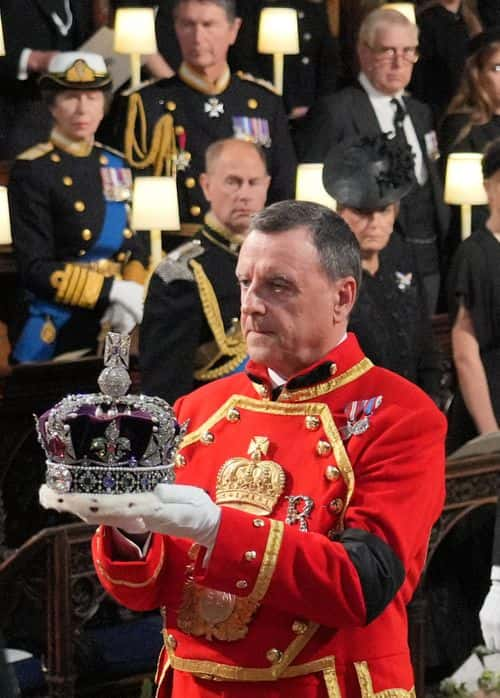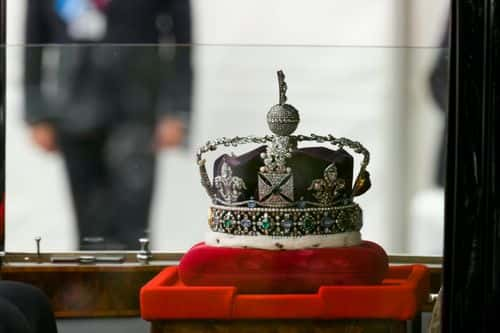Queen Consort Camilla may avoid 'CURSED' crown with world's largest diamond at coronation

LONDON, UNITED KINGDOM: The Koh-i-Noor, one of the Crown Jewels kept in the Tower of London, has a troubled past dating back to the British colonial era. Since the death of Queen Elizabeth II, numerous nations have called for the jewel's restoration to its rightful home. And it's possible that the Queen Consort's plans to wear the jewel were altered as a result of the "political sensitivities" surrounding the Koh-i-Noor diamond in order to prevent the usage of the priceless jewel during King Charles III's coronation.
There were reportedly negotiations between King Charles III and Camilla Parker Bowles regarding the controversial diamond placed into the late Queen Mother's crown. It is said that the male royal family members usually avoid wearing the precious headpiece adorned with the 105-carat Koh-i-Noor diamond, because of rumors that it is a "cursed" object. The jewel, according to these rumors, was also spiritually polluted by the violence of past battles.
READ MORE
Charles the no-frills King: Here's why new monarch prefers a slimmed-down coronation
New reports, however, claim that there is "significant nervousness" within the royal family due to the ongoing dispute over who actually owns the diamond, which was mined in India. The jewel is part of the removable mount of the crown, and it is believed that the Queen Consort was intended to be crowned with the ornament as per the initial plan.

An insider who spoke about the change in plan said, "The original plan was for the Queen Consort to be crowned with the late Queen Mother’s crown when her husband acceded to the throne," as reported by the Daily Star.
The insider added, "But times have changed and His Majesty The King is acutely sensitive to these issues, as are his advisors. There are serious political sensitivities and significant nervousness around them, particularly regarding India."

The crowning of King Charles III has been scheduled for May 6, although it is unknown if the Koh-i-Noor diamond will be on display, according to Daily Mail. MEAWW has previously reported about the sinister journey of the Koh-i-Noor, a jewel that piqued the Britain's East India Company's interest.
Maharaja Duleep Singh, son of Ranjit Singh, was a young child when he inherited the Punjabi throne. In 1849, the British imprisoned him and made him sign a paper amending the Treaty of Lahore to surrender the diamond to Queen Victoria.
Besides the curse of the diamond, the ownership of the jewel has also raised many questions over the past many decades. "Post-colonial collections is a big topic everywhere. There can be a reassessment for certain objects of, 'we may have legal ownership, but does it make sense to keep this material?'" Jane Milosch, the director of the Smithsonian's Provenance Research Initiative, said.











